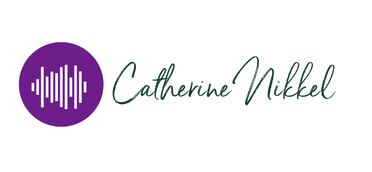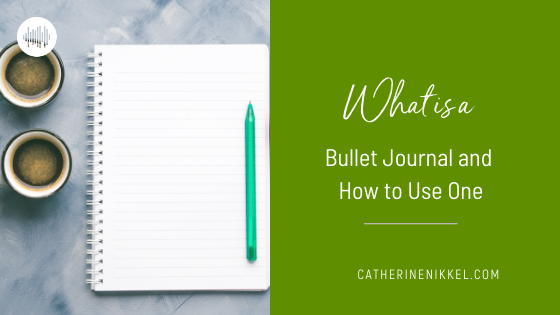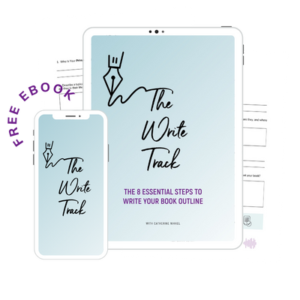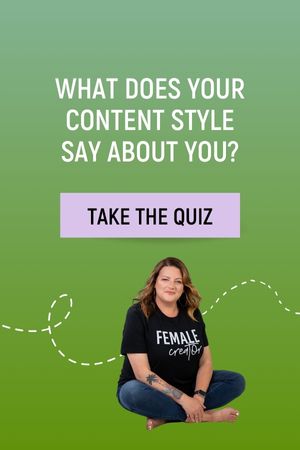By now we’re all well versed in the power and importance of journaling, but did you know that there are tons of different types? That’s right. There’s meditation journalling, video journalling, food journalling, and bullet journalling — just to name a few. So if you’re looking to try out a new style of writing, you might want to turn to one of the most popular forms — and that is the bullet journal.
A bullet journal can also be commonly referred to as a “bujo,” and is a great method for organizing your thoughts, brainstorming, managing your to-do list, and much more.
But if you’re still confused about what a bullet journal actually is and are wondering how to get started, I’ll help break it down.
Rather than listing the tasks you need to get done, a bullet journal takes your standard to-do list to the next level, and leans on your creative instincts. It’s not the same as a standard grocery list format (although you could write a grocery list with this method), because you’ll enlist the help of colourful markers, fine-tipped pens, pencil crayons, or ink pens to illustrate and add life to your notes. If you’re a visual person, this is the perfect type of journalling for you.
Each section of your bullet journal can apply to different aspects of your life. For example, you could have a section about your weekly to-do’s at work, meal planning, or annual goals.
This type of journalling means you write short, easy-to-digest phrases rather than long-form sentences, and use an array of colours, shadings, drawings, and more to help bring it all to life.
Here are some ideas of a Bullet Journal:
But remember: these are pretty online examples, and your journals don’t have to look picture perfect to be effective and valuable to you. At the end of the day, it doesn’t matter what it looks like, it’s about how it can help you tune into yourself and aid you in becoming more focused on the things that matter to you. Plus, the whole point of journalling is to de-stress, not add stress — so have fun with it!
Time to talk about some of the benefits.
This is where the visual aspect of journaling comes in handy. Rather than strictly writing, the visual aspect of a bullet journal can help you become more mindful and allow you to express your more creative side. Plus, it’s super budget friendly and allows you to keep track of your most important tasks. When you’re a visual learner, seeing that unchecked box can be super motivating!
If you’re not sure where to start, you can look to purchase some bullet journals rather than blank books, so that you can use the prompts to help you design and fill in rather than starting from scratch.
It may seem daunting at first, but once you get the hang of it, you’ll realize how great of a tool it is to help you organize everything from your thoughts to your cleaning schedule.
Additionally, if you would prefer a Guided Journal with prompts to get those juices flowing — be sure to check out the Lightbulb Moments Journal (5 ⭐️ Amazon Reviews!)
Resources
Join The Storytellers Café – My free training community to help you create an impact through your story
Enrol in The 5-Day Content Experience – Learn how to repurpose your content like a pro…in 5 minutes a day!

Email: catherine@catherinenikkel.com
Facebook: https://www.facebook.com/profitablestories/
Need help telling your story in your own voice? Let’s make it happen. Schedule a consultation with me here






